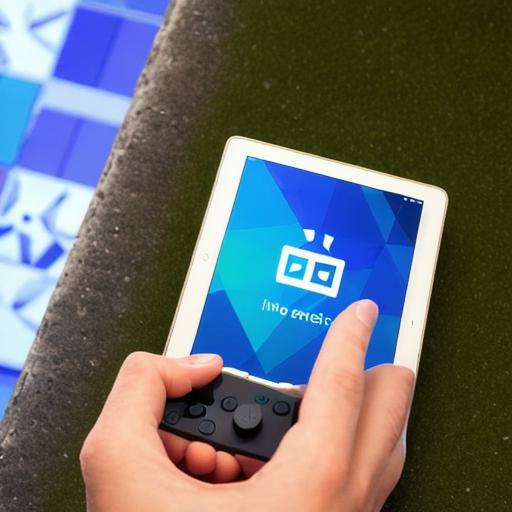Introduction
Hi there! You’ve shown interest in learning Unity 2D game development, specifically for web applications. As an expert in this field, I’m thrilled to help you embark on this exciting journey. In the following sections, we will explore various aspects of Unity 2D game development, focusing on practical examples and use cases for web projects.
**Why Unity 2D for Web Development?
**
Firstly, let me address why Unity 2D is a powerful choice for web developers. Unity 2D is a versatile game engine that supports both 2D and 3D projects. It comes with a rich set of features, including physics engines, animation tools, UI systems, and more. Additionally, Unity provides built-in support for exporting games as WebGL projects, making it an ideal choice for web development.
**Getting Started with Unity 2D**
Before diving into the practical examples, let’s first set up your environment. To begin using Unity 2D for web projects, you’ll need to download and install Unity Hub, the Unity Editor, and the 2D package. You can follow Unity’s official documentation for a step-by-step guide on getting started: [Unity Learn: Installing Unity Hub, Editor, and Importing 2D Projects](https://learn.unity.com/tutorial/installing-unity?projectId59011&subProjectId48736)
**Learning the Basics of Unity 2D**
Now that you’ve set up your environment, it’s time to learn the fundamentals of Unity 2D. I recommend starting with Unity’s official tutorial series: [Unity Learn: 2D Fundamentals](https://learn.unity.com/course?id31407). This comprehensive series covers topics such as scene setup, animation, scripting, and physics in the context of 2D projects.
**Building a Simple Unity 2D Game for the Web**
To give you a practical understanding of what you’ve learned, let’s build a simple Unity 2D game for the web. We will create a basic platformer game featuring a character that can jump and collect coins. This project will help you familiarize yourself with Unity’s UI, animation, physics, and scripting systems.
**Creating a Simple Platformer Game: Setting Up the Scene**
First, let’s set up our scene. We’ll start by creating platforms for our character to stand on, adding a sprite for our player character, and setting up our camera view:
[Unity Learn: Creating 2D Games:
Building Your First Platformer (Part 1)](https://learn.unity.com/project/creating-a-2d-game-platformer?subProjectId30978)
**Creating a Simple Platformer Game: Adding Animation and Physics**
Next, we’ll add animation to our player character and set up physics for the platforms:
[Unity Learn: Creating 2D Games:
Building Your First Platformer (Part 2)](https://learn.unity.com/project/creating-a-2d-game-platformer?subProjectId31005)
**Creating a Simple Platformer Game: Implementing Scripting**
Finally, we’ll add scripting to control our player character’s movement and collect coins:
[Unity Learn: Creating 2D Games:
Building Your First Platformer (Part 3)](https://learn.unity.com/project/creating-a-2d-game-platformer?subProjectId31018)

**Summary**

In this comprehensive guide, we’ve covered the basics of Unity 2D game development for web applications. From setting up your environment to creating a simple platformer game, you now have a solid foundation upon which to build your Unity 2D skills. Remember, practice makes perfect, so keep experimenting and exploring new projects to further enhance your understanding of this powerful game engine.
